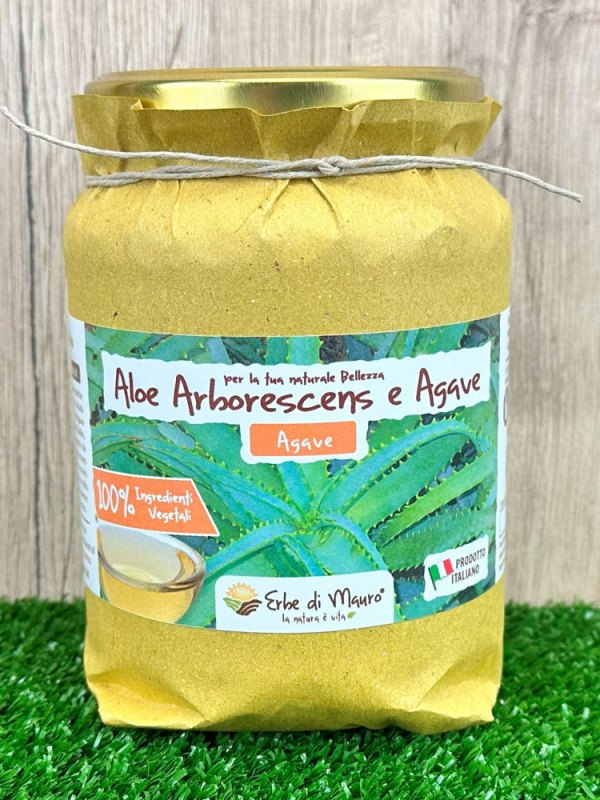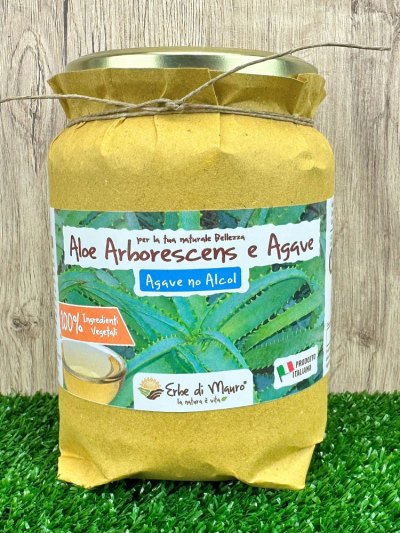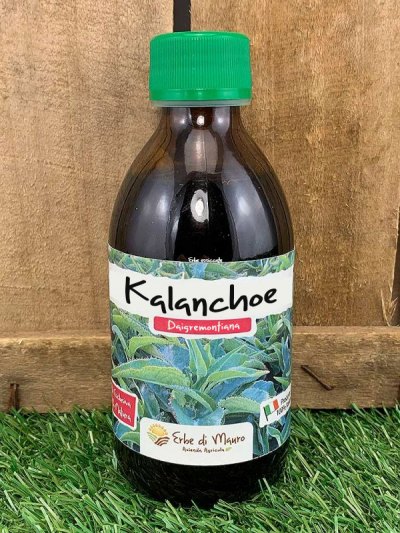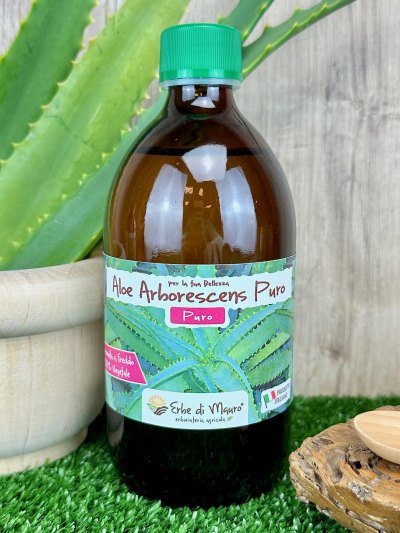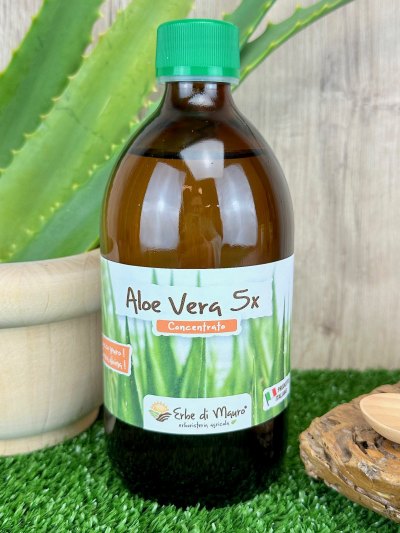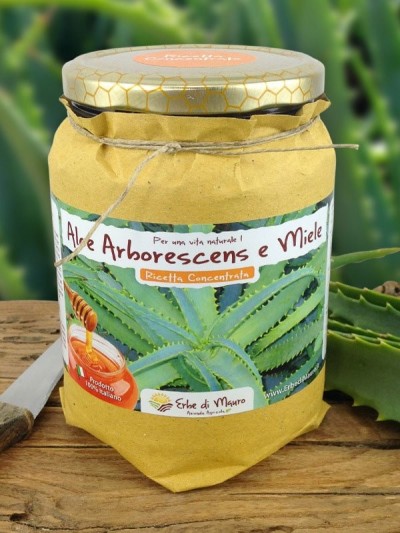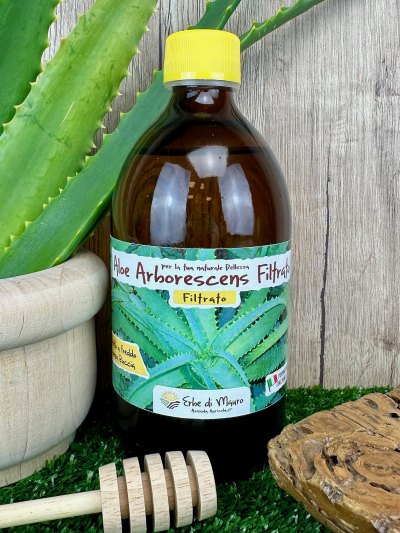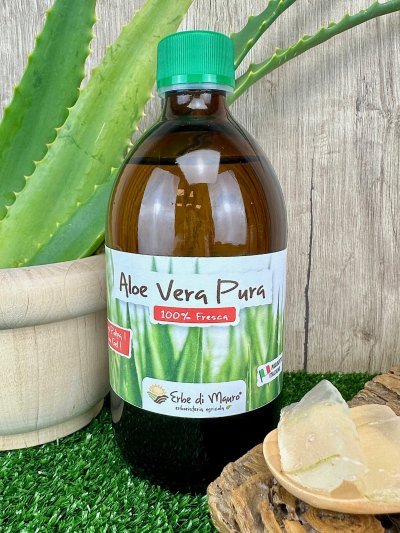GET A 10% DISCOUNT VOUCHER
Aloe Arborescens Friar's recipe, with Agave syrup
 6 Number of reviews:
6 Number of reviews:
Description
![]()
![]()
![]()
![]()
![]()
![]()
![]()
Freshly prepared of Aloe Arborescens, with agave syrup, without honey.
- Grown and produced by our company!
- Aloe Arborescens 43%, Agave 56%, Alcohol 1%;
- 750ml glass container;
- Upon arrival of the package, the product must be kept in the fridge;
- To be used within 45 days of the production date;
- Inspired by the famous friar recipe (but without honey);
- Cold worked with Aloe Arborescens;
- Product without preservatives;
Video
One of our crops of Aloe Arborescens:
Features
This product is inspired by the famous friar recipe , but with apples instead of honey. Is composed by:
- 56% Agave;
- 43% Aloe Arborescens;
- 1% Alcohol.
Why buy from me?
- I offer excellent value for money (from producer to consumer);
- The product is handcrafted, without preservatives;
- Freshly smoothie just before sending;
- The leaves are processed in the dark immediately after harvest;
- Cold worked with whole leaves of Aloe Arborescens;
- The plants are grown on the ground in the open countryside in the Marche hills (Italy).
Curiosity
Aloe has been widely used in many parts of the world for cosmetic and medicinal purposes for thousands of years.
The first evidence of the use of Aloe comes from ancient Egypt and Mesopotamia , where it was called " the plant of immortality ", in fact also used in the mixtures used for mummification (probably due to its natural antioxidant effect).
We then move on to Hippocrates (460-337 BC), father of modern medicine. In numerous medical books he praises his healing properties.
Discoride (20-70 AD) talks about it in "De materia medica", listing the properties of Aloe as healing, anti-inflammatory and useful in skin infections.
Pliny the Elder , in the treatise "Historia Naturalis", describes the therapeutic properties of Aloe .
It is also mentioned in various passages of the Bible : in the Book of Numbers, in the Song of Songs and in the Gospel of St. John (19.3) as a component of mixture used to anoint the body of Jesus after the descent from the cross.
The Tibetan medicine compared to the Ayurvedic they still use today for their preparations.
The Templars used aloe as an ingredient in a special drink they called " Jerusalem Elixir ".
In the Middle Ages and the Renaissance the medicinal use of aloe spread to the northern regions of Europe.
Christopher Columbus , who went down in history as "the explorer of the New World" in one of his writings declares that four plants are indispensable for man: wheat, vine, olive and aloe. The first nourishes, the second rejoices, the third gives harmony and the fourth gives health.
As you can see, the relationship between Aloe and human being is rooted in the mists of time and is not the latest news of the moment.
SUC_AGAVE
9860 Items
New
Gianluca

12/13/2024
Perfetto
Prodotto eccellente!!
Donatella

07/22/2024
Soddisfatta
Buongiorno,
prodotto buono.
Pacco preparato con cura e spedizione puntuale.
Sicuramente acquisterò ancora!
prodotto buono.
Pacco preparato con cura e spedizione puntuale.
Sicuramente acquisterò ancora!
Claudio B.

04/24/2024
Aloe Arborescens del Frate, con sciroppo di Agave
ottimo.
Ulisse S.

03/20/2024
sempre ottima
tutto perfetto come semprela qualità eccelsa!!
Ulisse S.

02/06/2024
ottima
come sempre un prodotto ottimo che mi sta aiutando nella mia lotta contro la malattia
Zopito R.

12/29/2023
Una garanzia
Erbe di Mauro una garanzia di affidabilità e serietà, non aggiungo altro.



